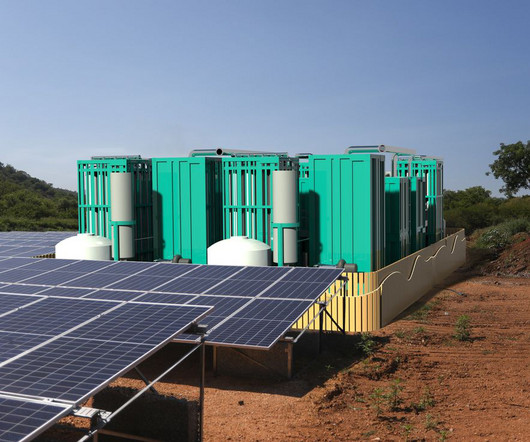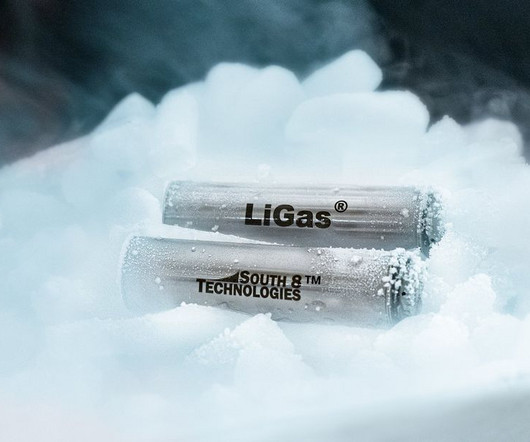Molten-Salt Battery Freezes Energy Over a Whole Season
Cars That Think
APRIL 15, 2022
While rechargeable batteries are the solution of choice for consumer-level use, they are impractical for grid-scale consideration. Scientists have been looking for solutions in gravity energy storage , thermal or geothermal storage , and also molten-salt batteries.















Let's personalize your content